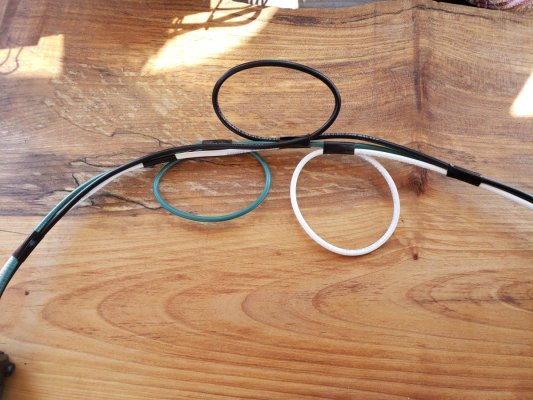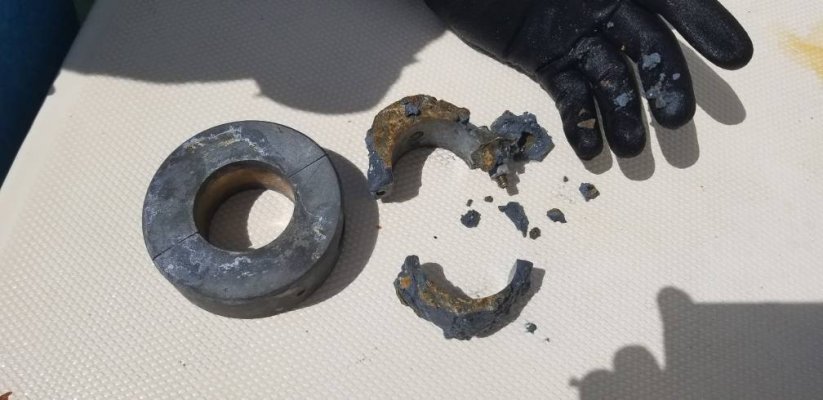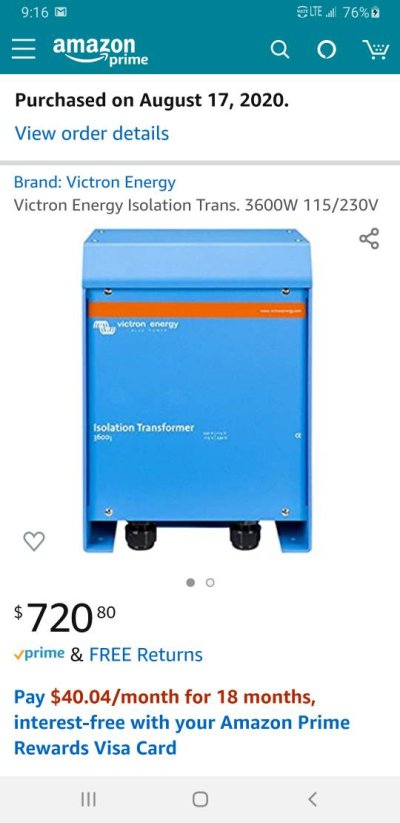danderer
Guru
Stopped recently at Indian Creek Yacht and Country Club. They redid their docks in the last year or so and now all power pedestals implement the 2017 standard with 30 mA ground fault protection. This is the first time with this boat that we have encountered that standard.
When we arrived the manager greeted us.* He was pulling a rather substantial cart. As I understand it the cart is a portable isolation transformer with the ability to display the leakage encountered.
He plugged it into the pedestal and we plugged into the cart. He then had us energize circuits one at a time to verify we would have no problems. Once we demonstrated we were good we could then plug into the pedestal.
Very, very neat. He said they bought the cart after having some number of boaters insist the problem couldn’t be THEIR boat.
We now know the only leakage we have is 8 mA when the inverter is energized. That is a research project for another day.
When we arrived the manager greeted us.* He was pulling a rather substantial cart. As I understand it the cart is a portable isolation transformer with the ability to display the leakage encountered.
He plugged it into the pedestal and we plugged into the cart. He then had us energize circuits one at a time to verify we would have no problems. Once we demonstrated we were good we could then plug into the pedestal.
Very, very neat. He said they bought the cart after having some number of boaters insist the problem couldn’t be THEIR boat.
We now know the only leakage we have is 8 mA when the inverter is energized. That is a research project for another day.



